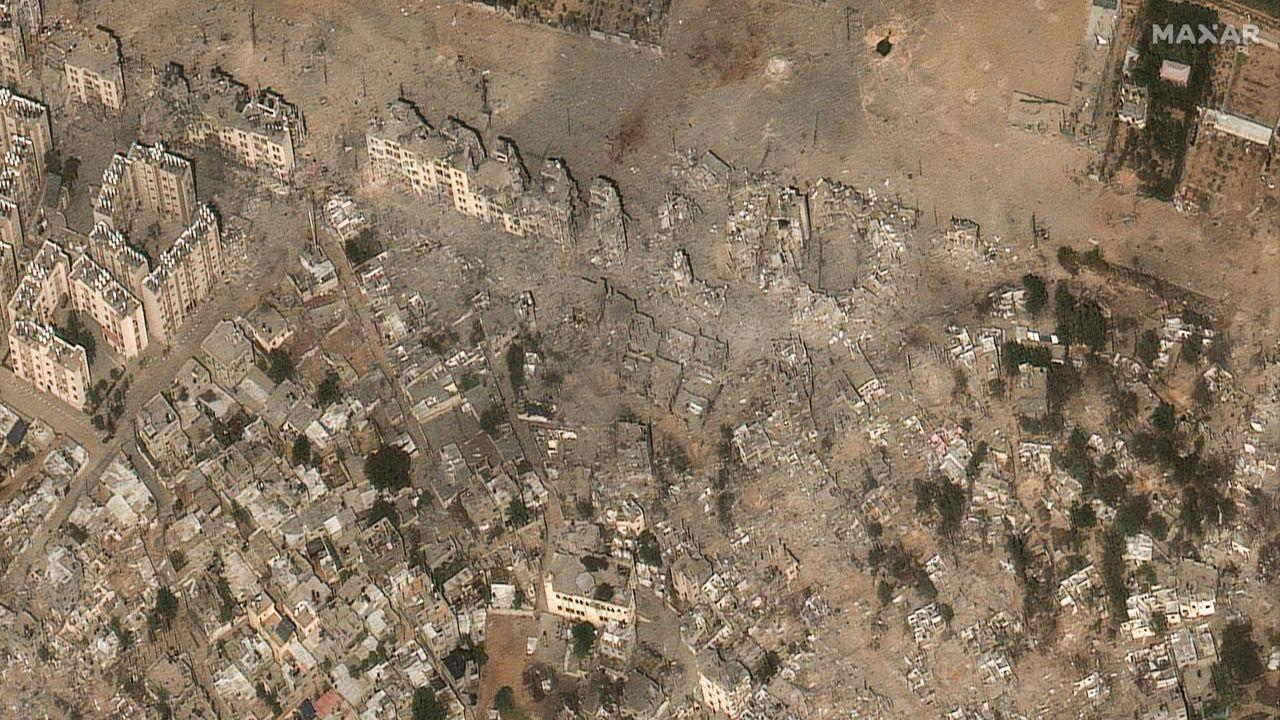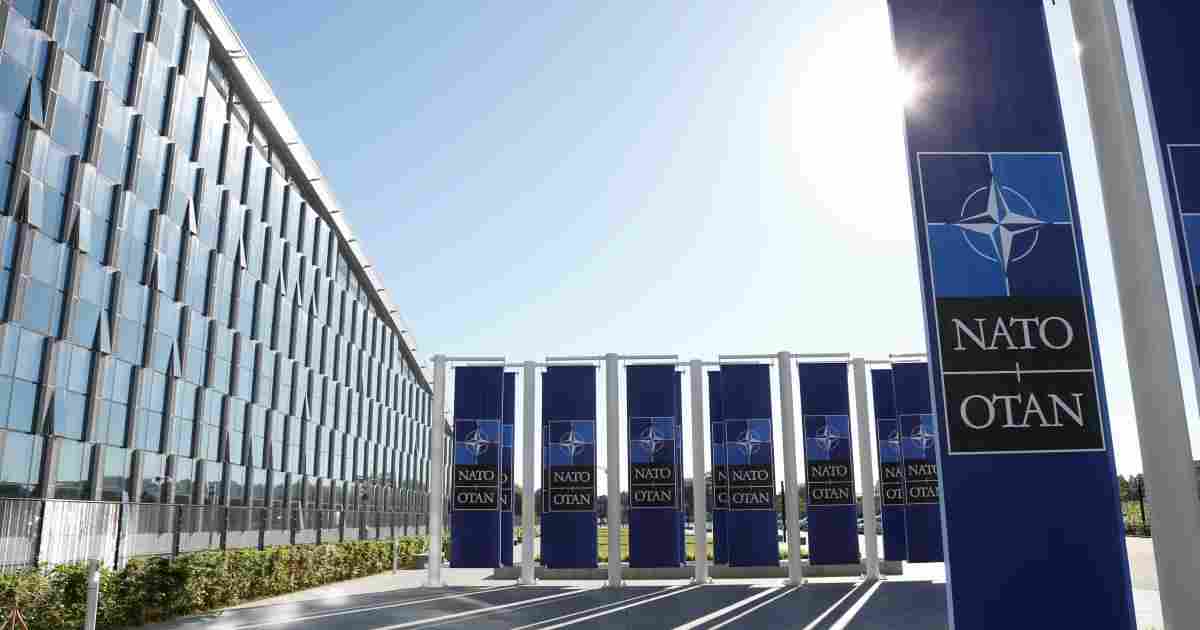
MIDDLE EAST (Enmaeya Features) - October 16, 2025
As world leaders gathered in Sharm el-Sheikh to sign the long-awaited Gaza ceasefire, questions about how, when, and whether Gaza will be rebuilt have once again come to the forefront. The discussions revive years of ambitions and proposals, including President Donald Trump’s plan to turn Gaza into a "Riviera of the Middle East."
Yet the reality on the ground is stark. Recent reports estimate the war generated 55 million tons of rubble, equivalent to 13 times the mass of the Pyramids of Giza.
Extent of Damage
Military operations have damaged or destroyed 78% of Gaza’s 250,000 buildings, producing 61 million tons of debris, around 15% of which may be contaminated with asbestos, industrial chemicals, or heavy metals.
Jaco Cilliers, Special Representative of the UN Development Program (UNDP) assistance program for the Palestinian people, said destruction across Gaza now stands at 84%, reaching 92% in parts of Gaza City.
Housing
The housing sector has suffered some of the most extensive destruction. UNOSAT satellite data show the number of destroyed units surged in mid-2024, reaching roughly 282,904 damaged homes by July 2025.
UNICEF Communications Director Tess Ingram said that nine out of every ten houses in Gaza have been destroyed.
Healthcare
Healthcare infrastructure has been equally devastated. Most hospitals were incapacitated, leaving large parts of Gaza without functioning medical facilities.
In Gaza City, major hospitals including Al-Shifa, Al-Quds, and the Turkish Palestinian Friendship Hospital were heavily damaged.
As of September 2025, only 14 of Gaza’s 36 hospitals were partially operational. Around one-third of Gaza’s 176 primary healthcare centers remain partially functional.
Education
The education sector has also suffered extensive damage. Nearly every school, about 97%, has been hit, with many turned into shelters for displaced families. For more than a year now, over 658,000 children have been left without access to education.
Reports indicate 518 of 564 schools require complete reconstruction or major repairs before operations can resume.
What Will It Take?
While President Donald Trump described reconstruction as “the easiest part,” postwar recovery remains daunting. Around 81,000 tons of rubble, around 3,100 truckloads, have been cleared so far, mostly to allow humanitarian aid access, according to Jaco Cilliers.
Beyond rubble removal, restoring homes, hospitals, roads, and utilities will require billions in funding. UN experts estimate $70 billion will be needed to reconstruct Gaza, including $20 billion over the next three years for immediate recovery.
$15.2 billion (30% of total recovery costs) will be allocated for rebuilding homes, according to the Gaza and West Bank Interim Rapid Damage and Needs Assessment report (IRDNA).
“For the international community, the required funding, roughly $6 billion per year, is manageable,” Dr. Nasr Abdulkareem, professor of Economics and Finance at the Arab American University of Palestine, told Enmaeya. “What’s crucial is ensuring that materials and essential goods can flow into Gaza and that a professional reconstruction authority of technocrats is established to oversee the effort.”
Full reconstruction is expected to take 10 to 12 years, though partial rebuilding of essential infrastructure, including schools, hospitals, and utilities, could be completed sooner.
"Gaza has never seen a fully successful reconstruction effort. Most current projections suggest that if the pace is similar to what we saw between 2014 and 2019, full reconstruction could take decades. That’s why this time, it has to move much faster," Dr. Raja Khalidi, Director General of the Palestine Economic Policy and Research Institute, told Enmaeya.
A Fragmented Vision
Several competing visions for Gaza’s reconstruction have emerged. A proposal by former UK Prime Minister Tony Blair, leaked to the Guardian, outlines a Gaza Investment Authority but provides few details about partners.
Another initiative, the Gaza Reconstitution, Economic Acceleration, and Transformation (GREAT) plan, drew criticism after naming nearly 30 major global companies, including Tesla, IKEA, and TSMC, without their knowledge.
A Palestinian-led reconstruction plan has also been developed by the Palestinian Authority, emphasizing Palestinian ownership and leadership.
“Any reconstruction plan should stem from a national vision,” said Dr. Khalidi, “The Palestinian Authority produced its Gaza reconstruction vision six months ago. It provides a framework for relief, recovery, and reconstruction, with over 100 sites for rubble removal and temporary shelters for displaced residents.”
Investment Opportunities or Risks
Gaza’s rebuilding also presents potential opportunities for private investors. Countries like Qatar and Turkey have announced plans to involve the private sector in infrastructure and development projects. Britain’s Minister of State for the Middle East Hamish Falconer also held a conference in London on October 13, bringing together private sector actors and major international donors.
“The development of large-scale infrastructure, including manufacturing zones, transportation links, and sustainable energy projects, would require substantial private sector involvement,” said Dr. Abdulkareem.
Palestinian private investors have also participated in previous Gaza reconstruction plans.
Yet this raises concerns about “disaster capitalism,” where reconstruction could prioritize profit over residents’ needs.
Dr. Abdulkareem and Dr. Khalidi also told Enmaeya that private investment must be paired with strict oversight and a commitment to equitable, sustainable development.
The Path Forward
Amid competing visions, ambitious plans, and cautious donor commitments, the success of reconstruction will depend not only on funding but also on effective coordination among local authorities, international organizations, and global partners.
Without careful planning and sustained international support, the gap between immediate relief and full reconstruction risks leaving communities vulnerable.






